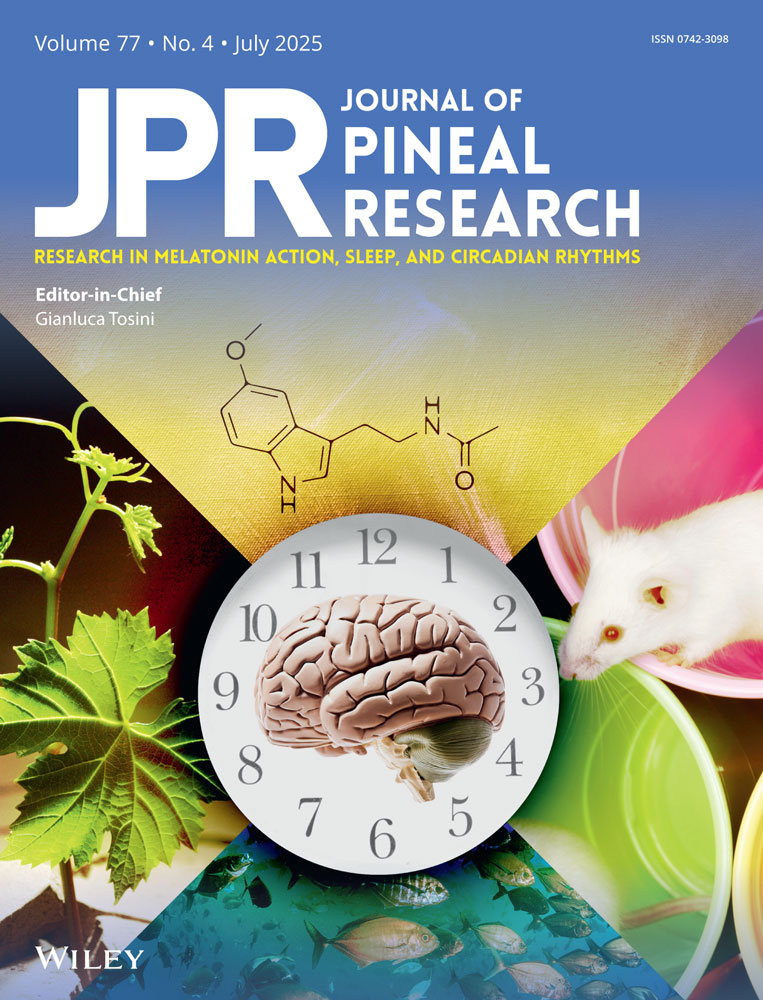Antisense experiments reveal molecular details on mechanisms of ICER suppressing cAMP-inducible genes in rat pinealocytes
Abstract
In the rat pineal gland neuronal signals determine the rhythmic synthesis of the hormone melatonin. Norepinephrine (NE) is the principal neurotransmitter that drives hormone synthesis by activating the cAMP signaling pathway. This activation depends on transcriptional and posttranscriptional regulatory mechanisms. The cAMP-dependent transcriptional regulation of the rate-limiting enzyme of melatonin synthesis, arylalkylamine-N-acetyltransferase (AA-NAT) involves the activating transcription factor (TF) CREB and the inhibitory TF ICER. By silencing elements of this cAMP-dependent neuroendocrine transduction cascade we wished to gain further insight into the role of ICER in the regulation of gene expression in rat pineal gland. Inhibition of specific kinases in primary pinealocyte cultures showed that ICER induction depends pivotally on the activation of cAMP-dependent protein kinase II. Eliminating ICER's impact by transfecting antisense constructs into pinealocytes revealed a predominant β-adrenergic mechanism in regulating a cotransfected CRE-inducible reporter gene and notably, also the endogenous AA-NAT gene. Deciphering molecular details of the cAMP-dependent gene expression in mammalian pinealocytes provides a basis for understanding the general architecture of this signaling pathway that serves adaptive processes ubiquitously in the organism.




